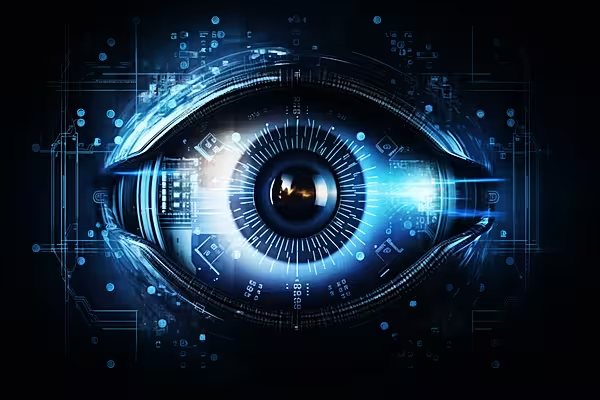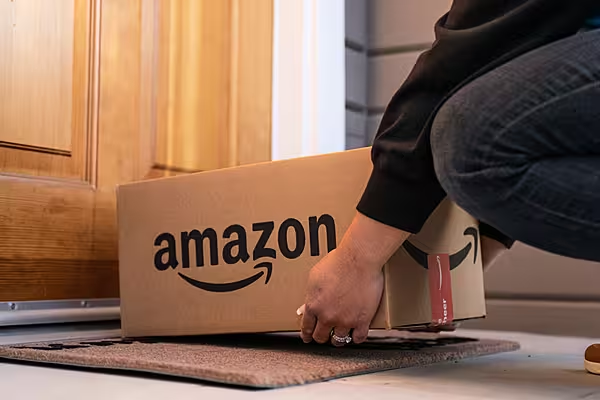If there was one buzzword that influenced the retail and grocery sector more than any other last year, it was AI, or artificial intelligence. Far from being a passing fad, the adoption of AI-powered solutions – particularly generative AI – is expected to accelerate across the retail and consumer landscape in 2024.
In November 2023, a report from Euromonitor International found that new platforms based on generative AI are influencing consumers’ decisions and reshaping their expectations when it comes to brand engagement, and these platforms will become increasingly integrated into consumers’ daily lives.
Elsewhere, a study by Capgemini, published at the start of this year, found that a fifth of consumers have already used generative AI tools when shopping, with 72% aware of the use of the technology in shopping experiences.
Computer Vision
Within the growing suite of AI-powered applications, computer vision utilises technology to interpret visual information in a manner similar to that of humans, analysing images and videos to draw conclusions from the data.
This has obvious applications within the retail environment, where computer vision can be deployed to detect and recognise products, helping with inventory management, detecting stock shortages, optimising store layouts, and automating restocking procedures.
Heat maps, which provide insights into customer behaviour by visualising foot traffic and activity within stores, represent one application of computer vision currently in use within the retail environment. Using heat maps, retailers can manage store functionality, experiment with merchandising strategies, and enhance layouts, as well as better understand the shopping habits of their customers.
Another application of computer vision in retail is product recognition. Computer vision analyses the placement and availability of products on store shelves. This helps to monitor compliance with planograms and avoid out-of-stock situations.
In Europe, the Goods Checker solution is widely used. Goods Checker compares shelf photos with planograms, identifies incorrectly placed or missing items, and generates detailed analytical reports for managers.
Such IT solutions help make informed decisions by providing real-time information about shelf conditions, increasing the speed and accuracy of store audits.
Elsewhere, many retailers have sought to implement augmented-reality solutions within their stores – another effective application of computer vision technology. By allowing shoppers to scan products with an app, retailers can provide real-time inventory information, offer personalised recommendations, and bridge the gap between online and offline shopping experiences.
This also presents an opportunity for retailers to deliver targeted, personalised messages to consumers at the moment that they choose to make a purchase – maximising potential sales opportunities.
Inventory Management
By analysing foot traffic and customer interactions in store, retailers can use computer vision to better optimise promotions, improve service engagement, and deliver personalised marketing campaigns, driving sales and enhancing customer satisfaction.
This, in turn, can help retailers better manage inventory – particularly useful for those that are seeking to drive greater efficiency in their supply chains. Computer vision can be used to provide real-time updates on product availability and optimising stock levels. By automating inventory counts and minimising out-of-stock situations, retailers can deliver seamless omnichannel experiences and maximise revenue.
In addition to aiding with shelf restocking and planogram management, this capability can also empower store personnel to work more efficiently, allowing them to prioritise important tasks, such as delivering exceptional customer service.
Allied to this, computer vision can also be employed to mitigate shrinkage and theft, by detecting suspicious behaviour and monitoring checkout areas to identify irregularities. This way, retailers can minimise losses and maintain a secure shopping environment for customers.
A Dynamic Future Awaits
As things stand, there is no way to predict the level to which AI and computer vision will change the retail and consumer environment, however, the coming year should see adoption accelerate, as the cost of the associated technologies becomes more affordable.
Technology has become more affordable. Implementing it is straightforward, as many companies offer subscription-based solutions, such as Goods Checker. This means you only pay when you use the application. Such an approach allows you to test the product in practice and determine if it fits your company and meets your goals.
“Testing new technologies is essential. They help improve process efficiency, identify bottlenecks, and offer customers or buyers new, interesting features that become available only through automation,” shared Alex Sutsko, development manager, IT-solution Goods Checker, at IBA Group.
By harnessing the power of real-time imaging, artificial intelligence, and machine learning, retailers can optimise operations, enhance customer experiences, and drive sustainable growth.
Embracing these transformative technologies is, therefore, not just a competitive advantage, but a necessity for success in the evolving retail landscape.

Alex Sutsko, development manager, IT-solution Goods Checker, at IBA Group














